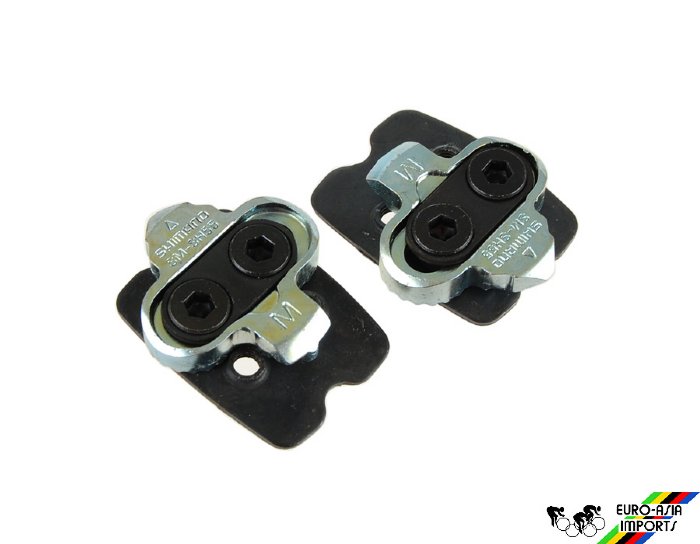I'll add that PDM-520 gained its mud-shedding ability at the price of very rapid wear with SM-SH55 cleats (it's long enough ago that I can't remember whether pedal or cleat was trashed, though cleat seems more likely).
The cleats which are/were compatible with each pedal (e.g. at the time of launch) are indicated on the EV techdoc for each pedal. So for PD-M515 for example, both cleats SM-SH51 and SM-SH55 are indicated. However for the 'open' style binding pedals such as PD-M520 and PD-M540
only SM-SH51 is indicated.
This makes perfect sense when you look at the cleat and pedal design; SM-SH51 cleats have 'shoulders' (or 'ears', alongside the cleat model markings) and the rest of the cleat is otherwise mostly flat-bottomed

whereas earlier cleat designs such as SM-SH50 and SM-SH55 have no 'shoulders' on them. Worse than that, the edge of the 'racetrack' opening has a chamfer on it at the sides.

In nearly all SPD pedals prior to those with 'open' bindings, the support platform between the jaws ensures that vertical loads transfer between the cleat and platform, whether the cleat has shoulders or not. Only when the cleat is severely worn does the situation arise where the tops of the jaws bear against the shoe directly.
However in many pedals especially those with 'open' bindings, significant vertical load transfer occurs between the 'shoulders', racetrack sides and the corresponding parts of the pedal, especially on the inboard side of the cleat. If you offer up an earlier 'shoulderless' cleat to an 'open' SPD pedal, it is almost a clean miss between the base of the cleat and the relevant part of the pedal. At best there is limited support offered, by a small part of the cleat that will soon wear.
So it is no wonder it wasn't a happy marriage between SM-SH55 and PD-M520; AFAICT they were never meant to work together. I don't think I have any documentation from early PD-M520 pedals; I was too busy trying to wear out various PD-M515 pedals to buy any PD-M520 to start with. Perhaps someone could comment as to whether they ever recommended SM-SH55 cleats with these pedals? I rather suspect they didn't; they clearly are not well designed to work together.
cheers